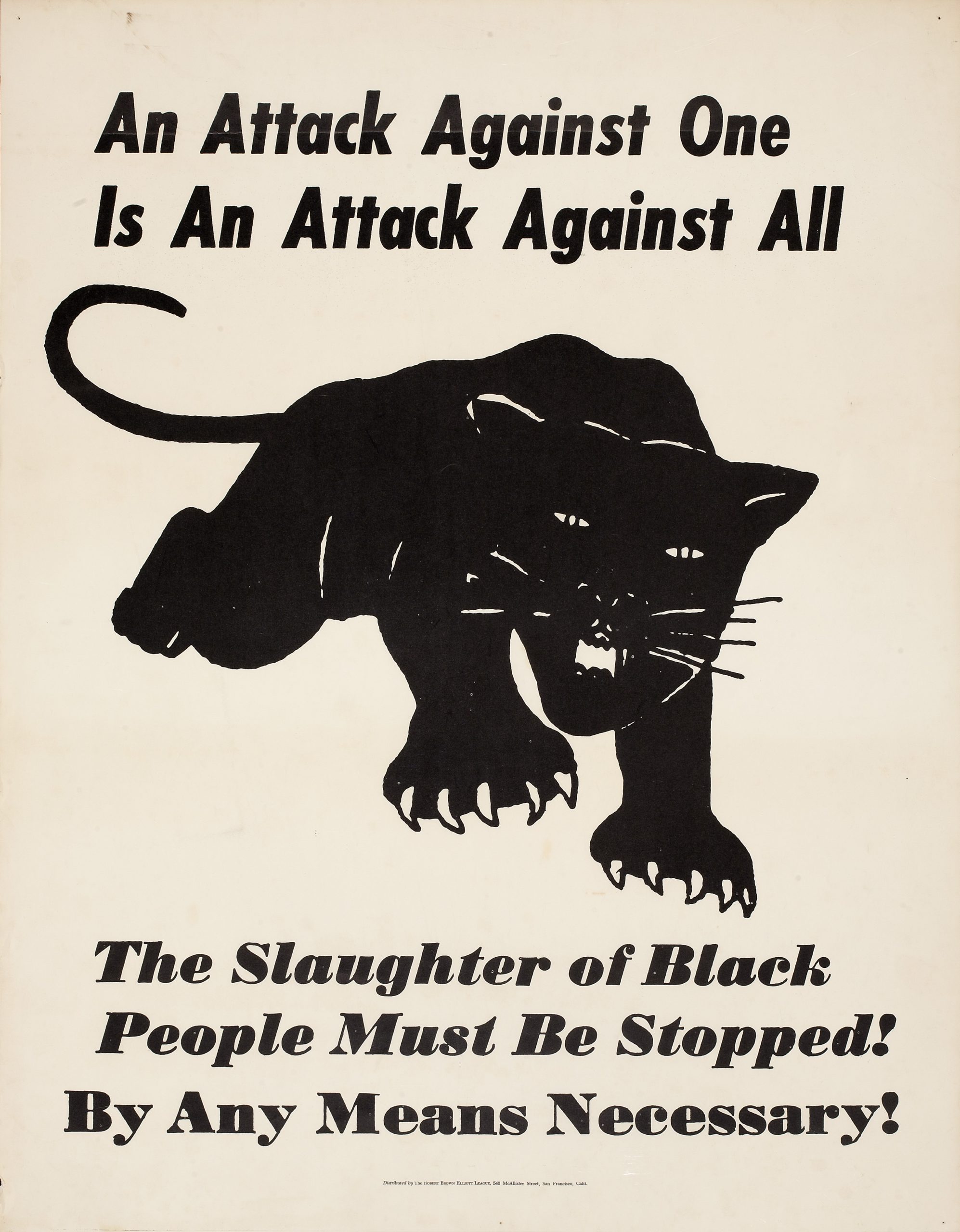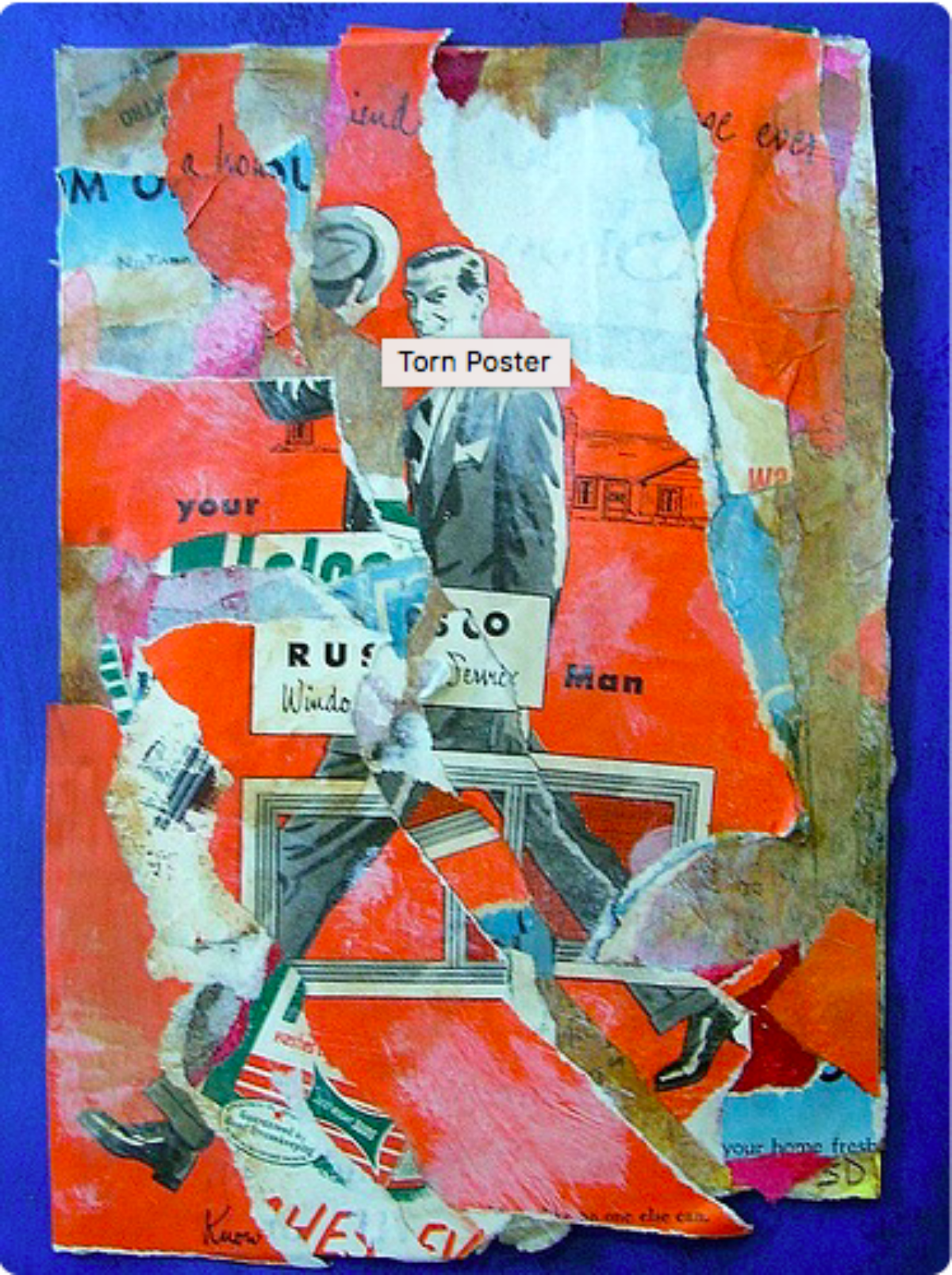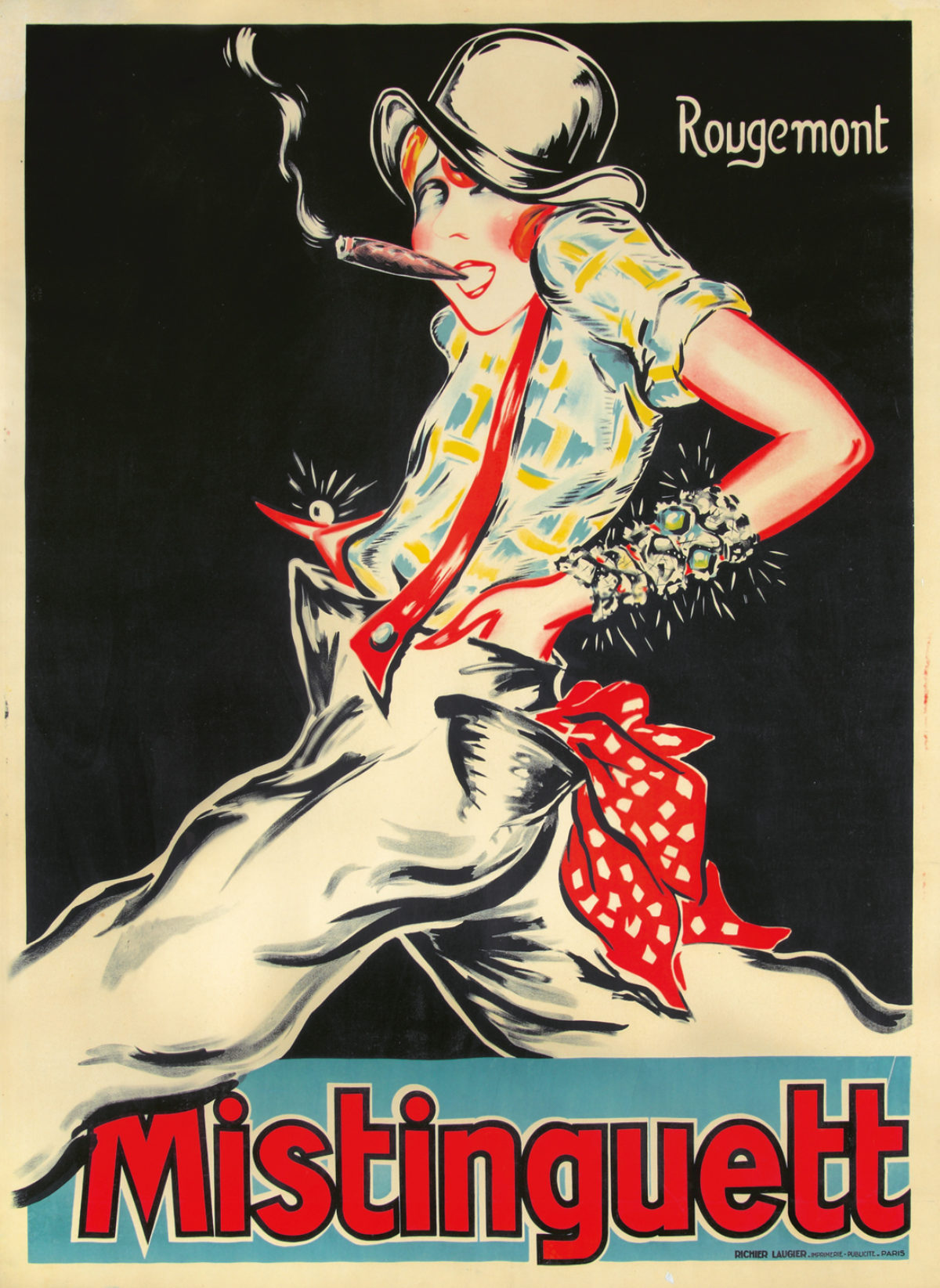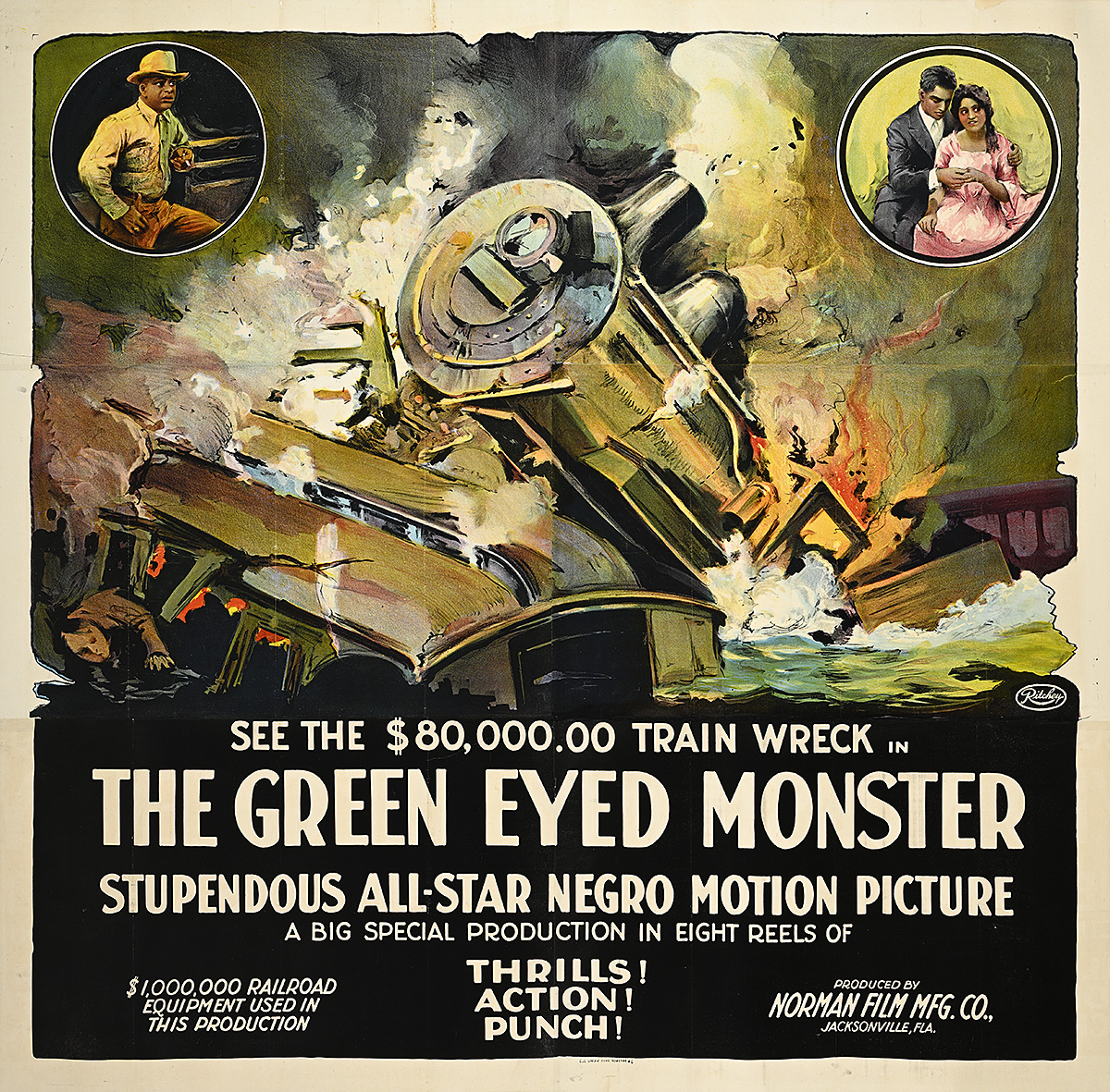
Silent in Jacksonville: Norman Studios’s “Race Films”
.During the chilly winter months, the city of Jacksonville, Florida, enjoys an average temperature of 60 degrees. It has spacious parks, a scenic riverfront, and is relatively close to a series of beautiful beaches on the Atlantic coast. In the early decades of the 20th century, these elements made it an ideal location for film production. At its peak in the 1910s, Jacksonville was home to more than 30 silent film studios specializing in a variety of genres for segregated audiences. Today, Norman Film Studios is the last remaining structure in the nation from this era. It was one of the first studios in the United States to make such “race films,” providing unique opportunities for Black actors and Black theater owners.

Norman Film Studios, c. 1920
Norman Film Studios was founded in 1920 by Richard Norman, a white director who made a slight pivot in his career from shooting stock footage to making films centering Black characters. Norman’s films, with their aspirational and somewhat optimistic stories, were specifically aimed at Black audiences. He produced a total of seven race films, all of which are considered lost with the exception of The Flying Ace (1926).
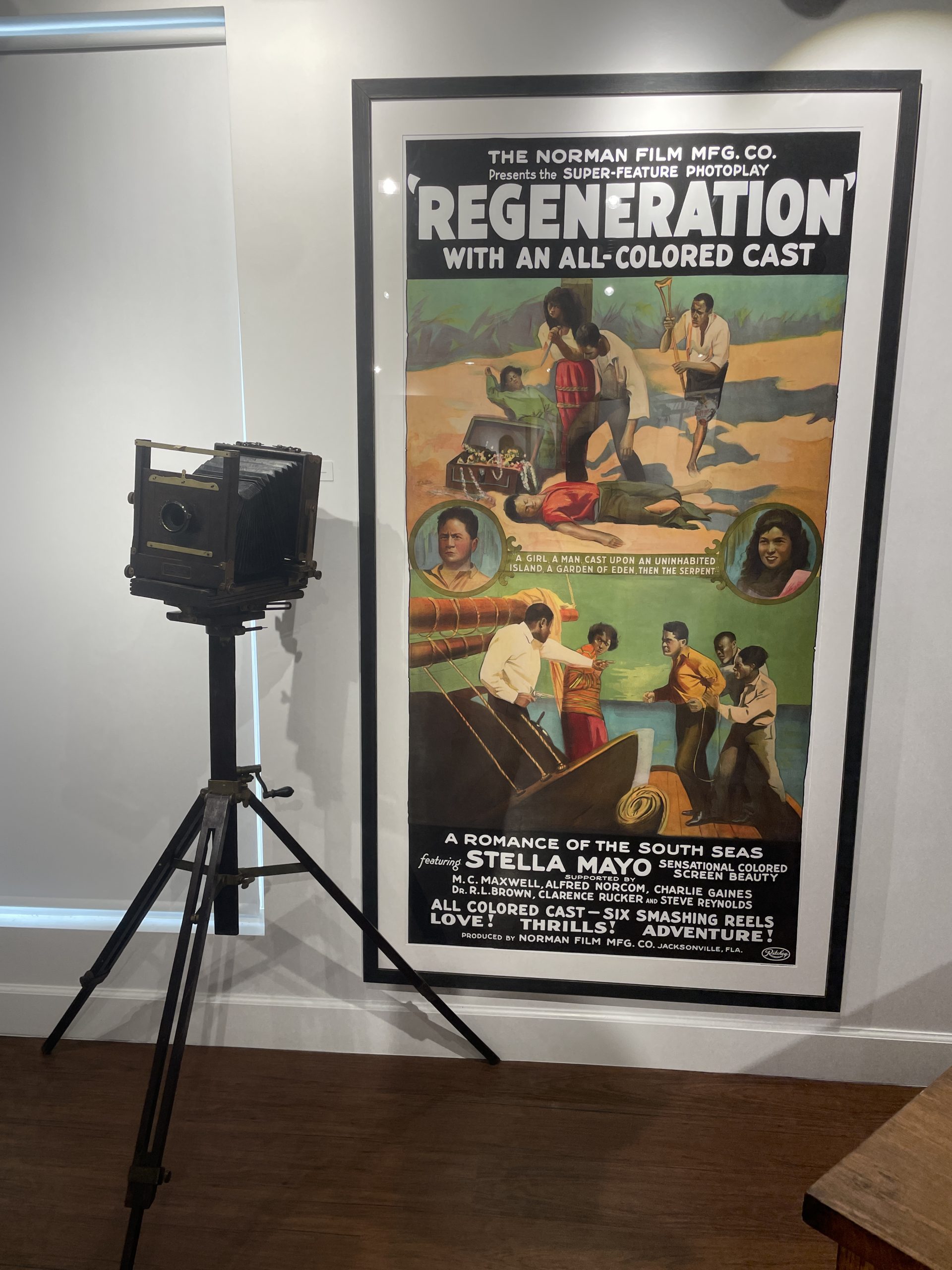
Regeneration, 1923
Posters are one of the few mediums that allow us a glimpse of early films that might otherwise be lost forever due to the flammability of the nitrate film base used until the 1950s and the fact that cinemas often disposed of film prints after use. This poster for Richard Norman’s Regeneration (1923), billed here as “A Romance of the South Seas,” shows a dramatic scene of conflict on the beach and the discovery of buried treasure. The tagline “Love! Thrills! Adventure!” draws the viewer’s attention as does the promotion of the film’s leading lady, Stella Mayo, as a “sensational colored screen beauty.” While the film’s script survives, this poster provides a good idea of the general storyline as well as a bold and vivid representation of its Black characters.
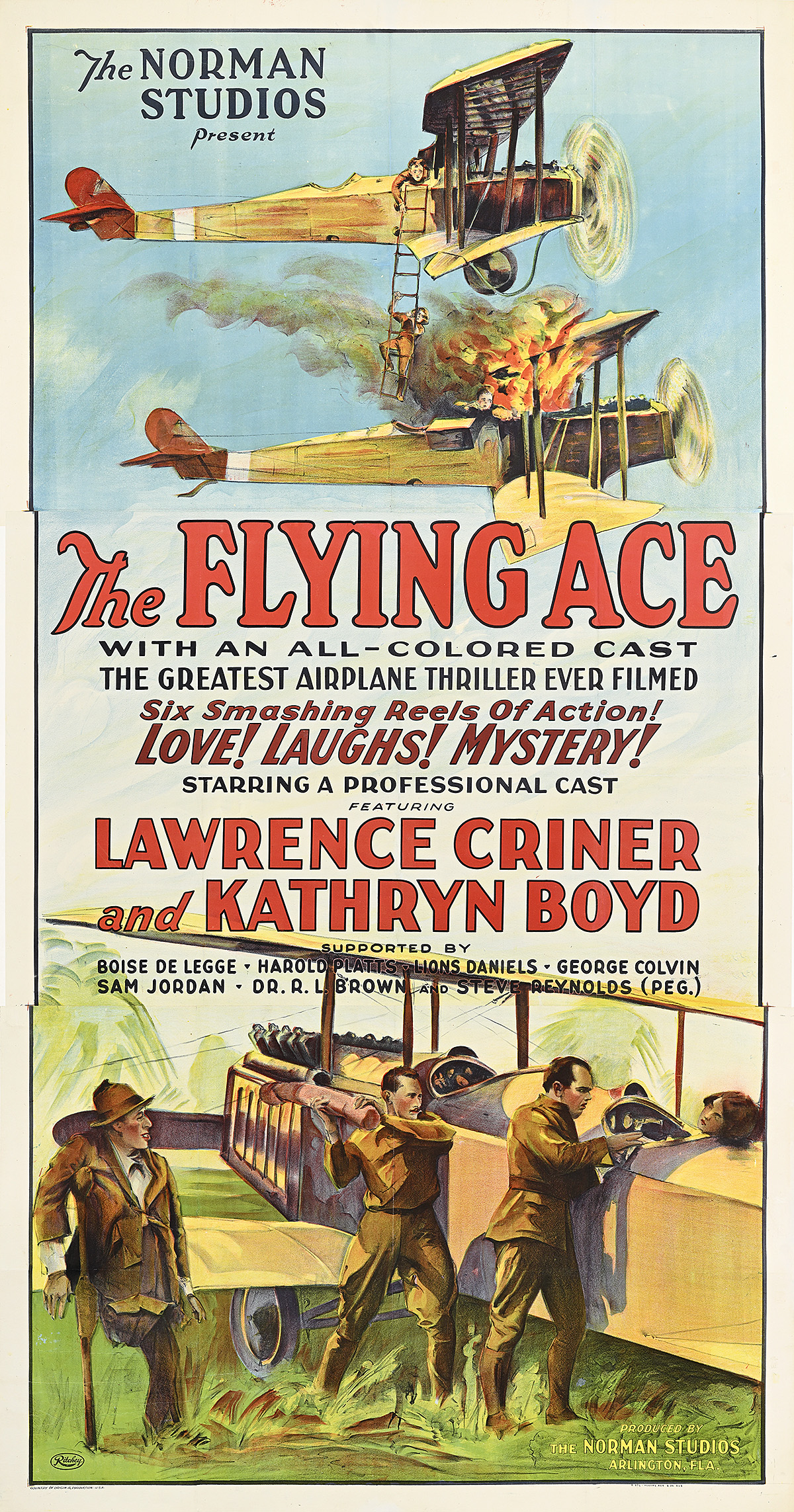
The Flying Ace, 1926
The Flying Ace is a six-reel sensation that survives in its entirety. The poster reflects Richard Norman’s penchant for melodrama, showing the film’s suspenseful scene of an airborne battle during which the leading actress (Anita Bush) escapes to safety after hanging perilously from an airplane ladder. In reality, Norman set up an airplane model and manipulated the camera to create various angles to simulate real flight. This exciting composition enticed Black audiences of the late 1920s into the theater not only to view such gripping scenes but also to see Black actors as pilots at a time when flight schools in the United States did not allow access to Black students.
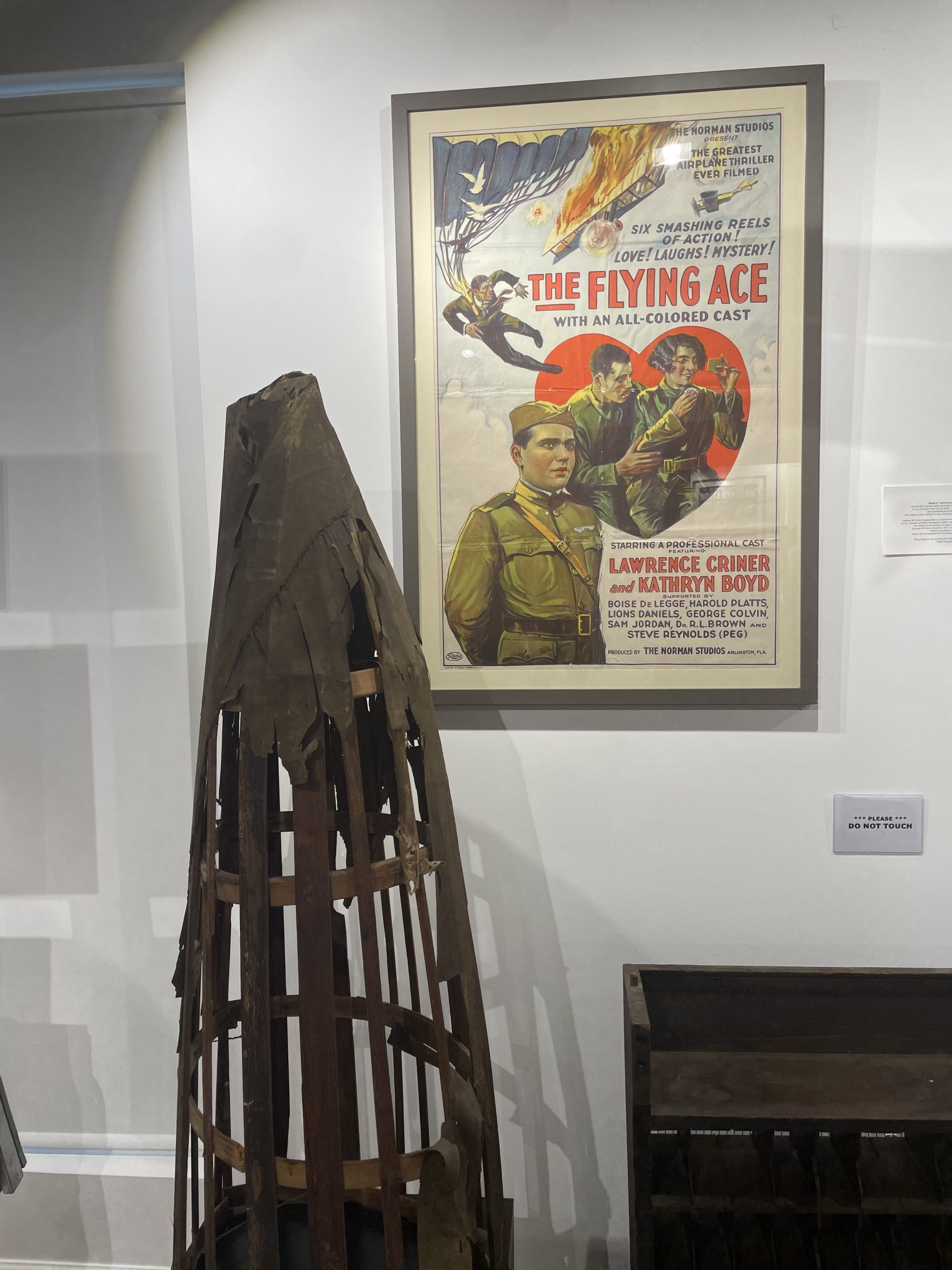
The Flying Ace poster and piece of model biplane, 1926
Today, Norman Film Studios survives as a five-building museum that is being preserved and restored to remind visitors and residents of the city’s importance in the advancement of the film industry. It also serves as a record of the nation’s troubling history of segregation, one that seeped into all aspects of daily life, not least popular entertainment. Richard Norman’s ambitious project provided an entry point and platform for Black actors and actresses to embody heroes and heroines, opportunities not often afforded them by those in the emerging silent film industry. In a way, Richard Norman and his cast were in the vanguard of the civil rights movement, anticipating efforts to challenge racial barriers in film in the subsequent decades.
Stay tuned as we prepare for Act Black: Posters from Black American Stage & Screen, opening spring 2026!
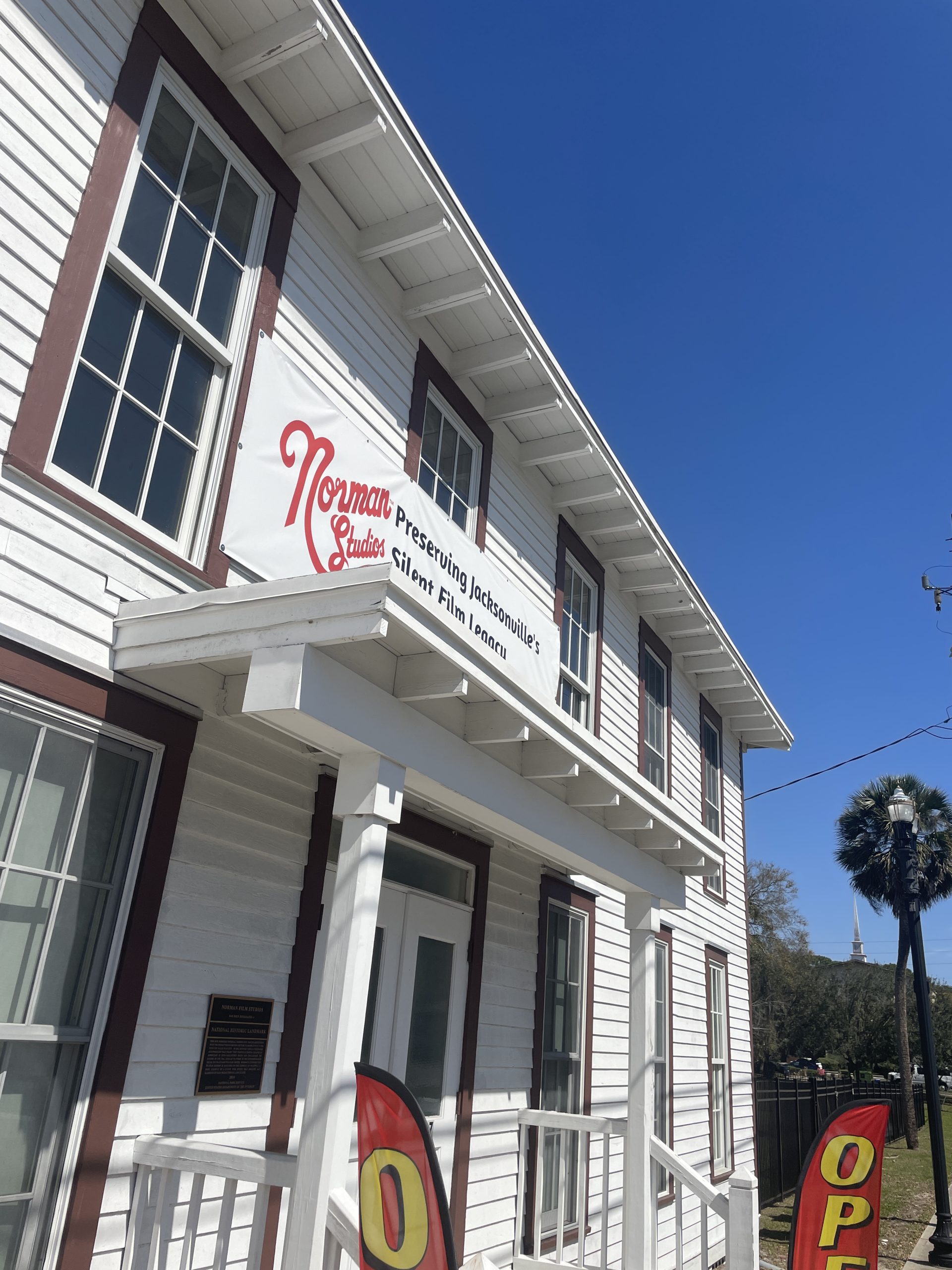
Norman Studios Museum


